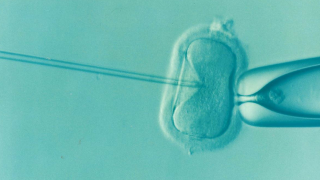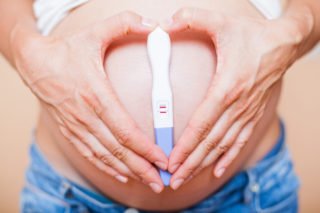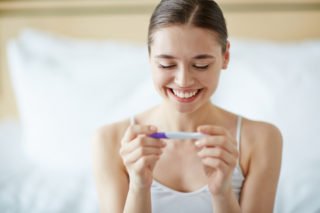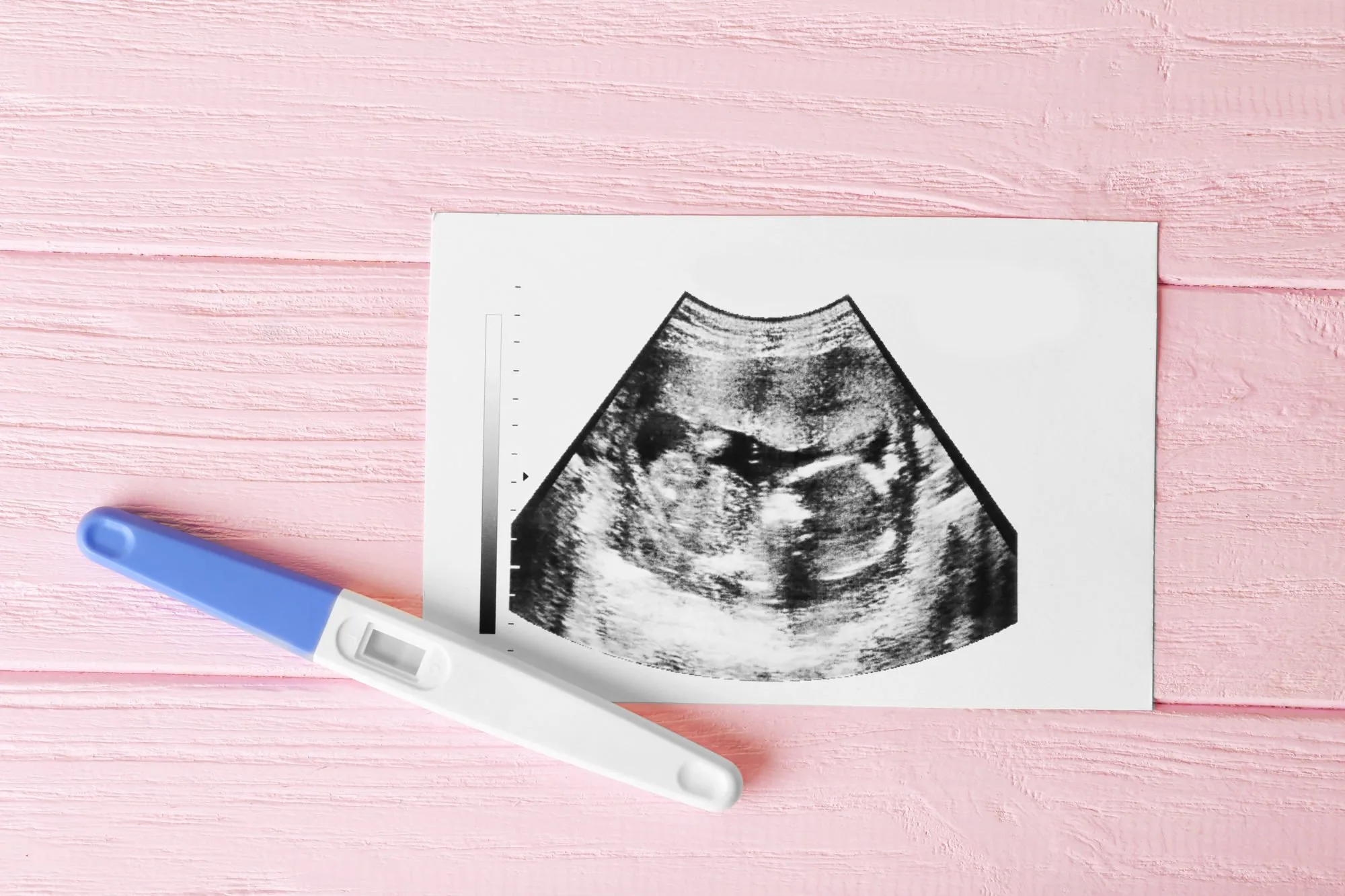IVF is the ultimate solution for fertility failure. It is a major step to take which will make fertility possible. IVF treatment process can be a thrilling and multitasking experience. Usually IVF is pursued only after other fertility fails. Maybe you have been trying to conceive for years and didn’t get any result. If so, then IVF is a worth-trying option for you.
IVF may be the first option if:
- A gestational carrier is needed
- An egg donor is being used
- If a woman’s fallopian tubes are blocked
- Severe cases of male infertility
- When previously cryopreserved eggs are being used
Just go through the schedule of ultrasounds, blood work, and injections, and you will feel fragile. Add to the cost of IVF, especially if you are paying out-of-pocket, and it is obvious that you will get anxious.

Image by Elena Έλενα Kontogianni Κοντογιάννη from Pixabay
In Vitro Fertilization Basics
IVF stands for in vitro fertilization. Here, fertilization occurs in the lab, not in the human body. Generally, IVF involves taking many eggs (gathered via a transvaginal ultrasound-guided needle) and placing them into a petri dish with specially washed sperm cells. If everything goes well, a few of the recovered eggs will become fertilized by the sperm cells and become zygotes or embryos. One or two of these healthy embryos will be transferred into your uterus.
In some cases, the semen cells require extra help with the fertilization procedure. ICSI (intracytoplasmic sperm injection), may be used, which is an assisted reproductive technology that involves injecting a single sperm cell into an egg. This may be done in cases of severe male infertility, even formerly cryopreserved eggs, or when past IVF cycles have failed to have success at the fertilization stage.
But before eggs can be recovered, the ovaries have to be stimulated. Without the help of fertility medications, your body will typically only mature one (or maybe two) eggs each month. For conventional IVF, you will need a lot of eggs. Injectable fertility drugs are used to stimulate the ovaries to mature a couple or more eggs for retrieval.[1]
Cost
The cost of IVF treatment in India (including all surgical and diagnostic procedures, tests, and treatments) normally ranges from 1 to 1.25 Lakh per cycle. The IVF cost in India which is also known as test-tube baby cost in India might be quite substantial, but also since you have no specific endpoint, managing health expenses can be quite challenging.

Max Topchii/Shuttertsock
The IVF cost in India and around the globe are rising more and more. Modern diagnostic tests and treatment methods (like IUI, hysteroscopy, laparoscopy) are being used to aid and promote infertility treatment costs. As a result of this, there is no upper limit to the amount of money one can invest in their quest for a child. Thus it is crucial for all of us to know what the different kinds of ART treatments are. [2]
Safety and Risks of IVF
IVF is generally safe, but there are risks as well. Your IVF Specialist will explain all the possible side effects and risk factors of each procedure before you start with the procedure.
Ovarian hyperstimulation syndrome (OHSS) is a disorder, which occurs in 10% of women going through IVF treatment. For most women, symptoms will be mild, and they will recover easily. For a very small percentage, OHSS can be more serious and may require hospitalization. Less than 1% of women going through egg extraction will experience blood clots or kidney failure due to OHSS.
Egg extraction may cause cramping and discomfort during or after the procedure. It can cause complications rarely, including accidental puncture of the bladder, bowel, or blood vessels; pelvic infection; or bleeding from the ovary or pelvic vessels.
If a pelvic infection occurs, you will be treated with intravenous antibiotics. In rare cases of severe infection, the uterus, ovaries, or fallopian tubes may need to be surgically removed.
The transfer of embryos may cause mild cramping during the procedure. Rarely, women will also experience cramping, bleeding, or spotting after the transfer. There is a risk of multiples, including twins, triplets, and more. Multiple pregnancies can create risks for both the babies and the mother. It is important to discuss with your doctor how many embryos to transfer, as transferring more than necessary will increase your risk of conceiving twins or more. When embryos are tested with PGT, typically only a single embryo is transferred.[1]

Phil Jones/Shutterstock
The Cycle Before Treatment
Using birth control pills before a treatment cycle has been shown to potentially improve your odds of success. Also, it may decrease your risk of ovarian hyperstimulation syndrome and ovarian cysts.
But not every doctor uses birth control pills the cycle before. Another possibility is that your doctor will ask you to track ovulation the cycle before. Most likely, she will recommend using an ovulation predictor kit. However, she may also suggest basal body temperature charting, especially if you have experience charting your menstrual cycles.
Then, you will need to let your doctor know as soon as you detect ovulation. Sometimes after ovulation, the fertility clinic may then have you start taking a GnRH antagonist (like Ganirelix) or a GnRH agonist (like Lupron). These are injectable drugs, but some are available as a nasal spray or implant.[1]
Periods
The first official day of your treatment cycle is the day you get your period.
On the second day of your period, your doctor will likely order blood work and an ultrasound. This will be a transvaginal ultrasound. An ultrasound during your period isn’t exactly pleasant, but try to remember this is the same for every woman going through IVF.
This first-day of ultrasound and blood work is referred to as your baseline blood work and your baseline ultrasound. In your blood work, your doctor will be looking at your estrogen levels, specifically your estradiol. This is to make sure your ovaries are “sleeping.” That’s the intended effect of the Lupron shots or GnRH antagonist.
 The ultrasound is to check the size of your ovaries. Your doctor will also look for ovarian cysts. If there are cysts, your doctor will decide how to deal with them. Sometimes your doctor will just delay treatment for a week. Most cysts resolve on their own with time.[1]
The ultrasound is to check the size of your ovaries. Your doctor will also look for ovarian cysts. If there are cysts, your doctor will decide how to deal with them. Sometimes your doctor will just delay treatment for a week. Most cysts resolve on their own with time.[1]
Ovarian Stimulation and Monitoring
Ovarian stimulation with fertility drugs is the next step. Depending on your treatment protocol, this may mean anywhere from one to four shots every day for about a week to 10 days.
You are probably a pro at self-injection by now, since Lupron and other GnRH agonists are also injectables. Your clinic should teach you how to give yourself injections before treatment begins. Some clinics offer classes with tips and instruction.
You can read more about the fertility drugs you may take during IVF here:
- All about gonadotropins
- Commonly prescribed fertility drugs
- GnRH agonist (Lupron) side effects
- GnRH antagonists (Antagon, Ganirelix, Orgalutran, and Cetrotide) side effects
- Gonadotropin side effects
During ovarian stimulation, your doctor will monitor the growth and development of the follicles.[1]
What If the Follicles Don’t Grow?
We’ve assumed to this point that the ovarian stimulation drugs have worked properly. But that isn’t always how it goes. Sometimes the follicles don’t grow. Your doctor may increase the medication, but if your ovaries still don’t respond, the cycle will likely be canceled.
This doesn’t mean another cycle won’t work. You may just need different medications. However, if this occurs repeatedly, your doctor may suggest using an egg or embryo donor. You may want to get a second opinion before moving forward at this point.[1]

Pressmaster/Shutterstock
Possible IVF Pregnancy Risks
Your doctor will also monitor whether the treatment led to multiple pregnancies. IVF carries a higher risk of conceiving multiples, and multiple pregnancies carry risks for both the mother and the baby. Risks of multiple pregnancies include premature labor and delivery, maternal hemorrhage, C-section delivery, pregnancy-induced high blood pressure, and gestational diabetes.
If it’s a high-order pregnancy (4 or more), your doctor may discuss the option of reducing the number of fetuses in a procedure called a “multifetal pregnancy reduction.” There is a 2% to 4% risk of ectopic pregnancy with IVF conception. If you developed OHSS from the fertility drugs, and you get pregnant, recovery may take longer.
When IVF Treatment Fails
If the pregnancy test is still negative 12 to 14 days post-transfer, your doctor will ask you to stop taking progesterone. Then, you will have to wait for your period to start.[1]
References
- faRachel Gurevich , “What to Expect Along the Path to Conceiving With IVF” , verywellfamily, 14th april,2020
- Indiraivf, “What is the IVF Treatment Cost in India” ,indiraivf, 25th february,2018





![women [longevity live]](https://longevitylive.com/wp-content/uploads/2020/01/photo-of-women-walking-down-the-street-1116984-100x100.jpg)









